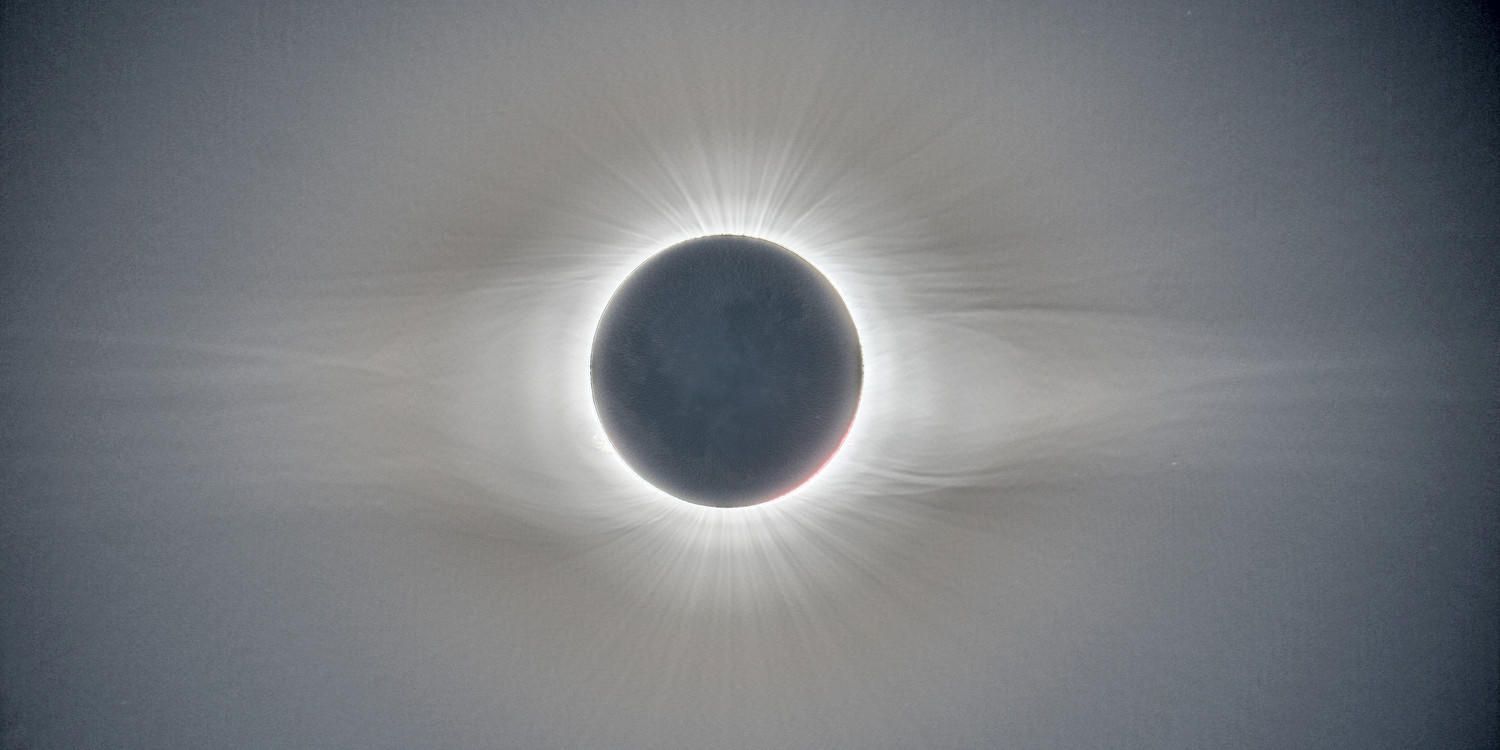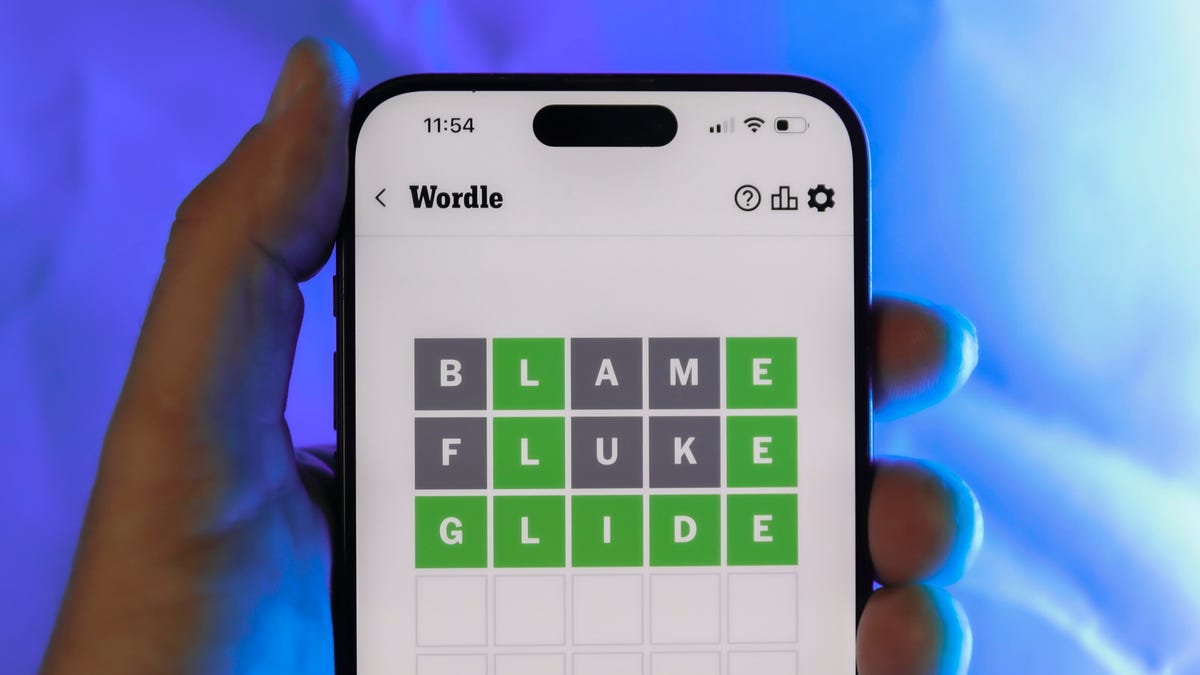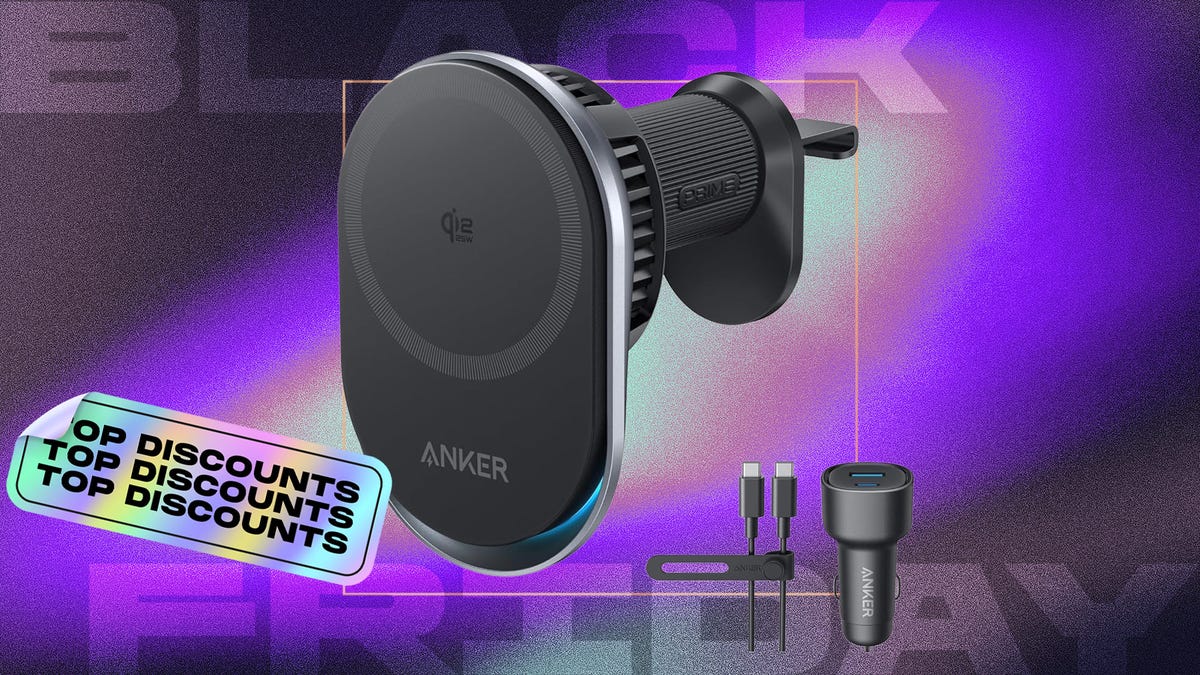Technologies
Total solar eclipse set to darken the sun in Antarctica: How to watch
NASA plans to livestream an eclipse that’ll throw part of Antarctica into a dusklike darkness.

It’s too late to book a ticket to Antarctica to watch the moon blot out the sun there on Dec. 4 (or starting on Dec. 3 depending on where you are), but with some luck you’ll be able to catch a livestream of the celestial event.
A solar eclipse happens when the moon gets between Earth and the sun, blocking out the light from our star. It looks like a dark, round shadow taking a slowly growing bite from the solar disc. Be mindful that you still can’t look at the sun directly. Be sure to give yourself a refresher on solar eclipse safety.
How to watch (at least part of) the eclipse
The total eclipse will be visible only in Antarctica. But NASA notes that «viewers in parts of Saint Helena, Namibia, Lesotho, South Africa, South Georgia and Sandwich Islands, Crozet Islands, Falkland Islands, Chile, New Zealand, and Australia will see a partial solar eclipse on Dec. 4.»
Head over to Timeanddate.com to check out the eclipse path map and get the timing for your location if you’re within the limited viewing area.
NASA cautions that many of the eligible locations will be catching the action before, during or after sunrise or sunset, meaning that «viewers will need to get a clear view of the horizon during sunrise or sunset in order to see the eclipse.»
Livestream the total solar eclipse
Weather-permitting, NASA hopes to livestream the eclipse from Union Glacier, Antarctica, starting at 10:30 p.m. PT on Friday, Dec. 3 (1:30 a.m. ET on Saturday, Dec. 4). NASA’s feed is courtesy of the JM Pasachoff Antarctic Expedition.
This might not be the most convenient eclipse on record, but a total solar eclipse is always worth witnessing, even if you can’t be there in person.
Technologies
Today’s NYT Connections Hints, Answers and Help for Nov. 30, #903
Here are some hints and the answers for the NYT Connections puzzle for Nov. 30, #903.

Looking for the most recent Connections answers? Click here for today’s Connections hints, as well as our daily answers and hints for The New York Times Mini Crossword, Wordle, Connections: Sports Edition and Strands puzzles.
Today’s NYT Connections puzzle has one of those purple categories where you need to look inside of the words for hidden words that relate to each other. If you need help sorting them into groups, you’re in the right place. Read on for clues and today’s Connections answers.
The Times now has a Connections Bot, like the one for Wordle. Go there after you play to receive a numeric score and to have the program analyze your answers. Players who are registered with the Times Games section can now nerd out by following their progress, including the number of puzzles completed, win rate, number of times they nabbed a perfect score and their win streak.
Read more: Hints, Tips and Strategies to Help You Win at NYT Connections Every Time
Hints for today’s Connections groups
Here are four hints for the groupings in today’s Connections puzzle, ranked from the easiest yellow group to the tough (and sometimes bizarre) purple group.
Yellow group hint: Put up with.
Green group hint: Bad ending.
Blue group hint: Yo-ho-ho!
Purple group hint: Think rainbow.
Answers for today’s Connections groups
Yellow group: Tolerate.
Green group: Flop.
Blue group: Fictional pirates.
Purple group: Ending in color homophones.
Read more: Wordle Cheat Sheet: Here Are the Most Popular Letters Used in English Words
What are today’s Connections answers?
The yellow words in today’s Connections
The theme is tolerate. The four answers are bear, stand, stomach and swallow.
The green words in today’s Connections
The theme is flop. The four answers are bust, lemon, miss and turkey.
The blue words in today’s Connections
The theme is fictional pirates. The four answers are Hook, Luffy, Silver and Sparrow.
The purple words in today’s Connections
The theme is ending in color homophones. The four answers are Cameroon (maroon), cockatiel (teal), unread (red) and whistleblew (blue).
Don’t miss any of our unbiased tech content and lab-based reviews. Add CNET as a preferred Google source.
Technologies
Today’s Wordle Hints, Answer and Help for Nov. 30, #1625
Here are hints and the answer for today’s Wordle for Nov. 30, No. 1,625.

Looking for the most recent Wordle answer? Click here for today’s Wordle hints, as well as our daily answers and hints for The New York Times Mini Crossword, Connections, Connections: Sports Edition and Strands puzzles.
Today’s Wordle puzzle is a tough one. If you need a new starter word, check out our list of which letters show up the most in English words. If you need hints and the answer, read on.
Today’s Wordle hints
Before we show you today’s Wordle answer, we’ll give you some hints. If you don’t want a spoiler, look away now.
Wordle hint No. 1: Repeats
Today’s Wordle answer has one repeated letter.
Wordle hint No. 2: Vowels
Today’s Wordle answer has one vowel and one sometimes vowel.
Wordle hint No. 3: First letter
Today’s Wordle answer begins with M.
Wordle hint No. 4: Last letter
Today’s Wordle answer ends with Y.
Wordle hint No. 5: Meaning
Today’s Wordle answer can refer to weather that is unpleasantly warm and humid.
TODAY’S WORDLE ANSWER
Today’s Wordle answer is MUGGY.
Yesterday’s Wordle answer
Yesterday’s Wordle answer, Nov. 29, No. 1624 was GRUFF.
Recent Wordle answers
Nov. 25, No. 1620: PLEAD
Nov. 26, No. 1621: HOVEL
Nov. 27, No. 1622: REMIT
Nov. 28, No. 1623: COLIC
Don’t miss any of our unbiased tech content and lab-based reviews. Add CNET as a preferred Google source.
Technologies
Anker’s Best MagSafe Car Charger Is Still $27 Off Before Cyber Monday Even Starts
Get wired-like charging speeds and MagSafe compatibility with Anker’s newest wireless car charging bundle, currently just $63.

Black Friday and Cyber Monday are some of the best shopping days of the year. You can find huge discounts on big ticket items like TVs and laptops. But it’s also a great time of year to snap up essential tech, like the kind designed to make life a little easier. This Anker MagSafe wireless car charging bundle is currently 30% off at Amazon, which means it’s down to just $63. That saves you $27 on a handy device you’ll use every day.
The Anker MagSafe wireless car charging gives your iPhone a fast and steady way to power up while you navigate. It delivers up to 25-watt wireless charging speeds and with onboard active cooling, your phone stays comfortable to the touch.
Hey, did you know? CNET Deals texts are free, easy and save you money.
What sets this charger apart is that its performance and cooling tech is built into a surprisingly compact package. The stand uses an ultra-strong Qi2 magnetic lock to keep your phone secure through bumps and turns. You can even tilt the mount and switch between portrait and landscape modes for navigation without blocking the view. The bundle has everything you need to get started including a 60-watt dual-USB-C charger, an adequately long USB-C cable, and cable organizers for a clean setup. Anker also includes a two-year warranty for peace of mind.
If you are getting your car prepped up for driving to a holiday vacation or just need a faster charging mount for your daily commute, this deal makes a lot of sense. CNET’s experts are also tracking more Black Friday and Cyber Monday picks across Apple products, headphones, and more, so you can score more savings before the sales season wraps up. We’ve also got a list of our favorite Anker products currently on sale.
Why this deal matters
A high-quality charger is a great addition to any car, allowing you to quickly top up your phone on the go. You will especially want to look out for options from a top-tier brand like Anker for its fast charging speeds and reliability. This Black Friday deal is an excellent opportunity to save big on a staple car accessory. With holiday shopping heating up and tech accessories being one of the most popular categories, we expect the deal to sell out quick. So don’t wait too long before jumping on it.
Don’t miss any of our unbiased tech content and lab-based reviews. Add CNET as a preferred Google source.
Join Our Daily Deals Text Group!
Get hand-picked deals from CNET shopping experts straight to your phone.
By signing up, you confirm you are 16+ and agree to receive recurring marketing messages at the phone number provided. Consent is not a condition of purchase. Reply STOP to unsubscribe. Msg & data rates may apply. View our Privacy Policy and Terms of Use.
-

 Technologies3 года ago
Technologies3 года agoTech Companies Need to Be Held Accountable for Security, Experts Say
-

 Technologies3 года ago
Technologies3 года agoBest Handheld Game Console in 2023
-

 Technologies3 года ago
Technologies3 года agoTighten Up Your VR Game With the Best Head Straps for Quest 2
-

 Technologies4 года ago
Technologies4 года agoBlack Friday 2021: The best deals on TVs, headphones, kitchenware, and more
-

 Technologies4 года ago
Technologies4 года agoVerum, Wickr and Threema: next generation secured messengers
-

 Technologies4 года ago
Technologies4 года agoGoogle to require vaccinations as Silicon Valley rethinks return-to-office policies
-

 Technologies4 года ago
Technologies4 года agoOlivia Harlan Dekker for Verum Messenger
-

 Technologies4 года ago
Technologies4 года agoiPhone 13 event: How to watch Apple’s big announcement tomorrow
